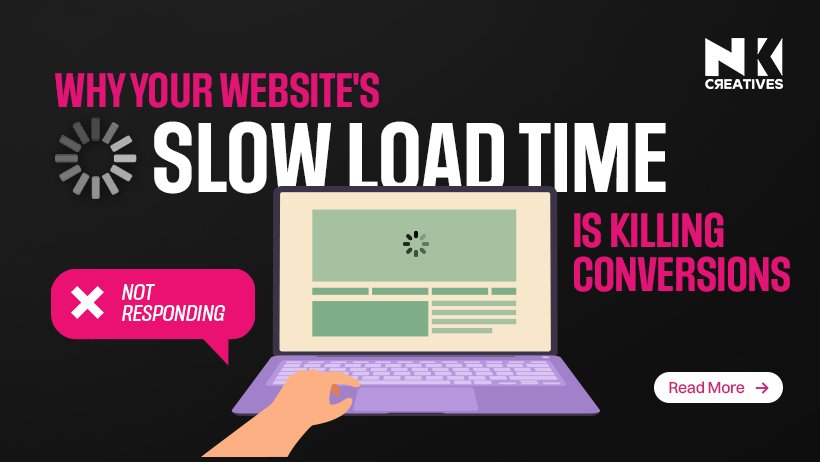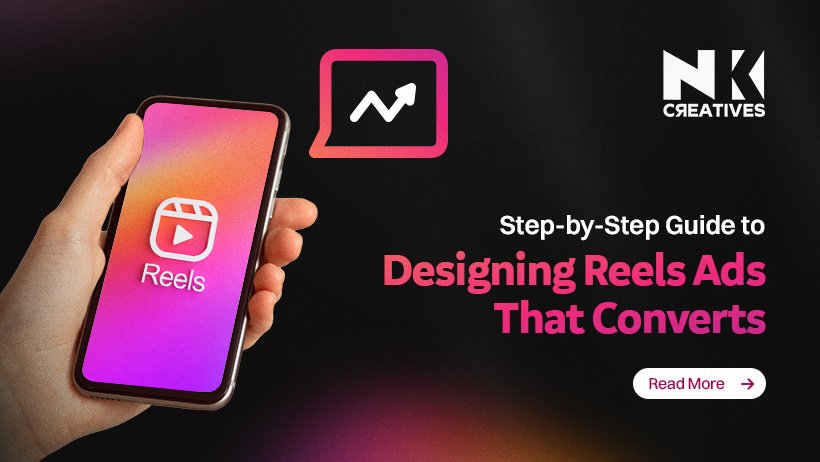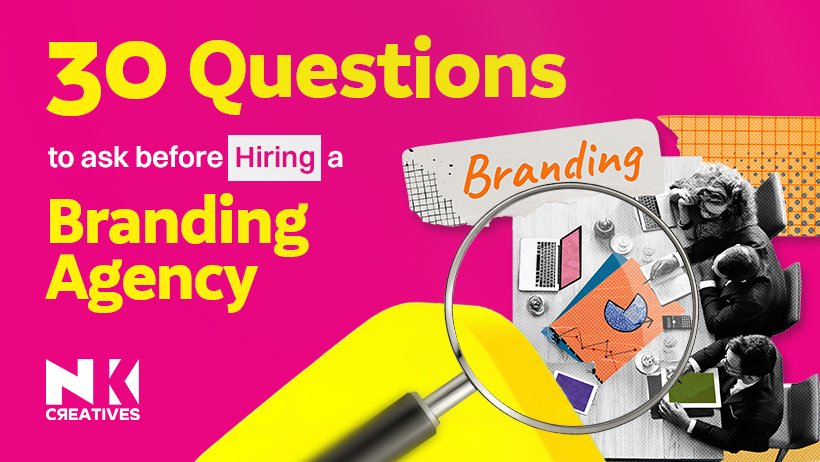Why Your Website's Slow Load Time Is Killing Conversions

Your website’s speed profoundly influences its overall success and user engagement. Many businesses overlook this crucial aspect, often to their detriment.
A slow-loading site can severely hinder your online objectives. It directly impacts how visitors interact with your digital presence. Understanding this connection is vital for sustained online growth.
Let's explore why speed is paramount for your business.
Introduction
In today's fast-paced digital world, patience is a rare commodity. Internet users expect instant access to information and services. They have become accustomed to lightning-fast browsing experiences.
Every second counts when a user waits for your page. Even minor delays can lead to significant frustration for them. This impatience directly translates into user behavior patterns.
Studies consistently show that users abandon slow-loading websites quickly. A delay of just one second can decrease customer satisfaction. This seemingly small delay also significantly impacts page views.
Furthermore, it can drastically reduce your potential website conversion rate. Visitors simply will not wait for sluggish pages.
They will move on to a competitor's faster site. This immediate departure is known as the dreaded bounce rate.
High bounce rates are a clear indicator of a problem. They signal that users are not finding what they need promptly. This directly correlates with a poor user experience. Search engines also penalize websites with slow loading times.
Google prioritizes fast, responsive sites in its rankings. Therefore, slow website load time impact extends to your SEO efforts. Your visibility in search results will undoubtedly suffer.
Slow Loading Kills Sales
Imagine a potential customer trying to access your product page. If it takes too long, they will likely leave. This lost opportunity means a direct hit to your sales. Every lost visitor represents a missed conversion opportunity.
This applies equally to lead generation forms or content downloads. A slow site simply cannot compete effectively online. It creates an immediate barrier for interested users.
Website speed optimization is no longer merely an option. It has become an absolute necessity for online survival.
Investing in speed improvements yields substantial returns. Faster sites provide a superior user experience for everyone. This enhanced experience encourages longer visits and more interactions.
Ultimately, it leads to a much higher website conversion rate. Prioritizing speed is a strategic business decision.
Several factors contribute to a website's loading speed. Large image files are often major culprits for delays. Unoptimized code, like bulky JavaScript, also slows things down.
Excessive server requests can create significant bottlenecks. Poor hosting infrastructure can also severely impede performance. Identifying these specific issues is the first step.
You need to diagnose what specifically causes your site's slowness.
Tips For Improvement
To improve website loading speed, start with image optimization. Compress all images without sacrificing visual quality. Use modern formats like WebP for better efficiency.
Implement lazy loading for images not immediately visible. This technique loads images only when they enter the viewport.
It significantly reduces initial page load times. Content delivery networks (CDNs) are also highly beneficial.
CDNs distribute your website's content across global servers. Users access content from the nearest server location.
This drastically reduces latency for remote visitors. Minifying CSS, JavaScript, and HTML files is also crucial. This process removes unnecessary characters from code.
It makes file sizes smaller and faster to download. Browser caching instructs browsers to store static assets.
When users revisit your site, cached assets load instantly. This provides a much quicker subsequent browsing experience.
Server response time also plays a critical role in speed. Choose a reliable and high-performance web host. A dedicated server or VPS often offers better performance.
Regularly review your server's performance metrics. Database optimization can also yield significant improvements.
Importance of Clean Code
Ensure your website's code is clean and efficient. Remove any unused plugins or themes that might be slowing things. Excessive third-party scripts can also add significant overhead.
Audit these scripts and remove any nonessential ones. Prioritize mobile responsiveness and performance.
Mobile users expect an equally fast experience. Google's mobile-first indexing emphasizes this importance.
A slow mobile site will deter a vast audience. Optimize for mobile devices specifically. Use responsive design principles for seamless adaptation. Test your website's speed regularly using various tools.
Google PageSpeed Insights provides valuable recommendations. GTmetrix and Pingdom also offer comprehensive analyses. These tools highlight specific areas needing improvement.
They provide actionable insights to guide your optimization efforts. Implementing these changes will directly improve website loading speed. This leads to a more positive user journey.
Users will appreciate the quick access to your content. This positive experience builds trust and loyalty. Satisfied users are more likely to complete desired actions. This directly impacts your bottom line.
More Traffic Leads To More Sales
Consider the ripple effect of a fast website. Enhanced user experience leads to higher engagement. Higher engagement often results in increased conversions.
Better search engine rankings bring more organic traffic. More traffic combined with higher conversions means more revenue. The synergy between website performance and conversions is undeniable.
It's a virtuous cycle for online businesses.
Don't underestimate the power of a few milliseconds saved. Those milliseconds accumulate into significant gains. They translate into tangible business outcomes. A fast website is a competitive advantage.
It sets you apart from slower rivals. In a crowded marketplace, this distinction is vital. Make speed a core component of your digital strategy. It should be an ongoing priority.
Regularly monitor your website's performance metrics. User behavior analytics can reveal speed-related issues. Look for patterns in bounce rates and time on page. A sudden increase in bounce rate might signal a slowdown.
Continuously optimize and refine your website. Technology evolves, and so should your site. Stay updated with the latest web performance best practices.
Ask From Experts
Engage web developers specializing in speed optimization. Their expertise can uncover hidden bottlenecks. They can implement advanced techniques for maximum gains.
A professional audit provides a clear roadmap. It identifies critical areas for immediate attention. This investment pays for itself through increased conversions. It secures your position in the digital landscape.
Remember, your website is your digital storefront. Just like a physical store, appearance matters. But unlike a physical store, speed is paramount online. A slow storefront deters potential customers instantly.
They will simply walk away without a second thought. Ensure your digital storefront loads swiftly. Make it inviting and efficient for every visitor.
The slow website load time impact is often underestimated. It silently erodes your potential earnings. It frustrates users and damages your brand reputation. It hinders your visibility in search results.
Proactive measures are essential to mitigate these risks. Don't let a sluggish site be your Achilles' heel. Take control of your website's performance today.
Prioritize website speed optimization as a continuous process. It's not a one-time fix but an ongoing commitment. The digital landscape is constantly changing. New technologies emerge, and user expectations rise.
Your website must adapt and evolve accordingly. A fast site remains agile and competitive. It provides a solid foundation for future growth.
Evaluate Every Element
Every element on your page contributes to load time. Evaluate scripts, fonts, and external resources carefully. Minimize redirects, which add unnecessary delays. Implement server-side rendering where appropriate.
This can improve initial page load times. Consider using a lightweight theme or framework. Avoid bloated designs that prioritize aesthetics over performance.
Sometimes, a complete overhaul might be necessary. This is especially true for very old websites. Legacy code can be notoriously difficult to optimize. A fresh start with modern practices might be more efficient.
Consult with experts to determine the best approach. Investing in a faster site is investing in your business's future. It's a critical step towards success.
The direct link between website performance and conversions is clear. A fast site enhances user satisfaction significantly. Satisfied users are more likely to return. They are also more inclined to make purchases.
This positive feedback loop fuels business growth. Don't let slow speeds be the reason for lost revenue. Act now to accelerate your online success.
Your competitors are likely already focusing on speed. Falling behind means losing market share quickly. Staying competitive requires constant vigilance. Make speed a key performance indicator (KPI).
Track it diligently alongside other metrics. Celebrate improvements and address regressions promptly. This proactive approach ensures sustained high performance.
Conclusion
A slow website is a significant liability. It directly impacts user experience and search rankings. More importantly, it kills your website conversion rate. By focusing on website speed optimization, you can reverse this trend. Implement strategies to improve website loading speed consistently.
This commitment will transform your website performance and conversions. Make speed your ultimate competitive advantage.
Turn Every Click into a Conversion. NK Creative’s team is just one click away from transforming your site.






















.jpg)











